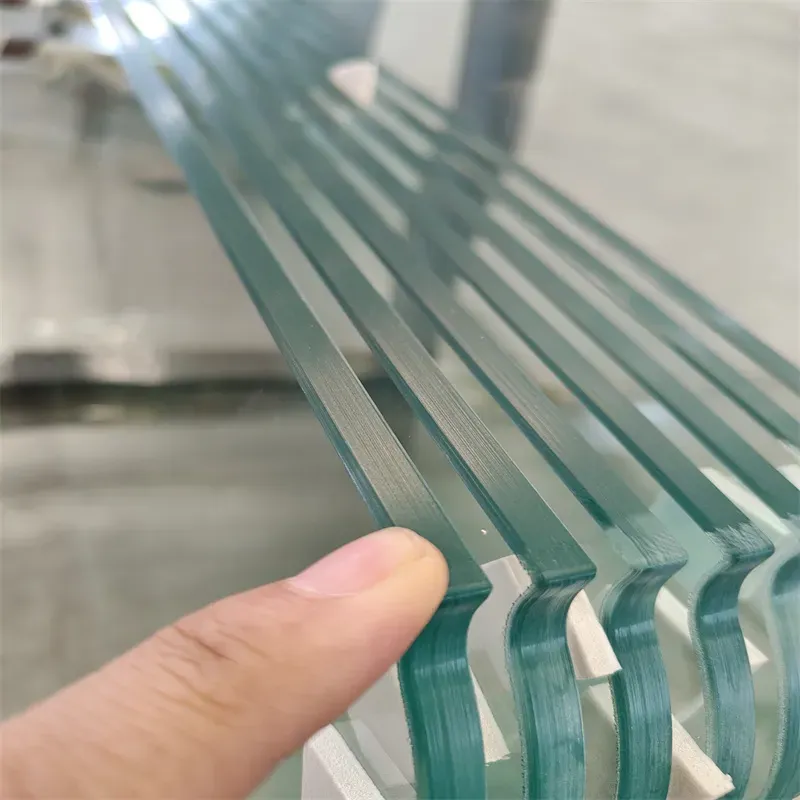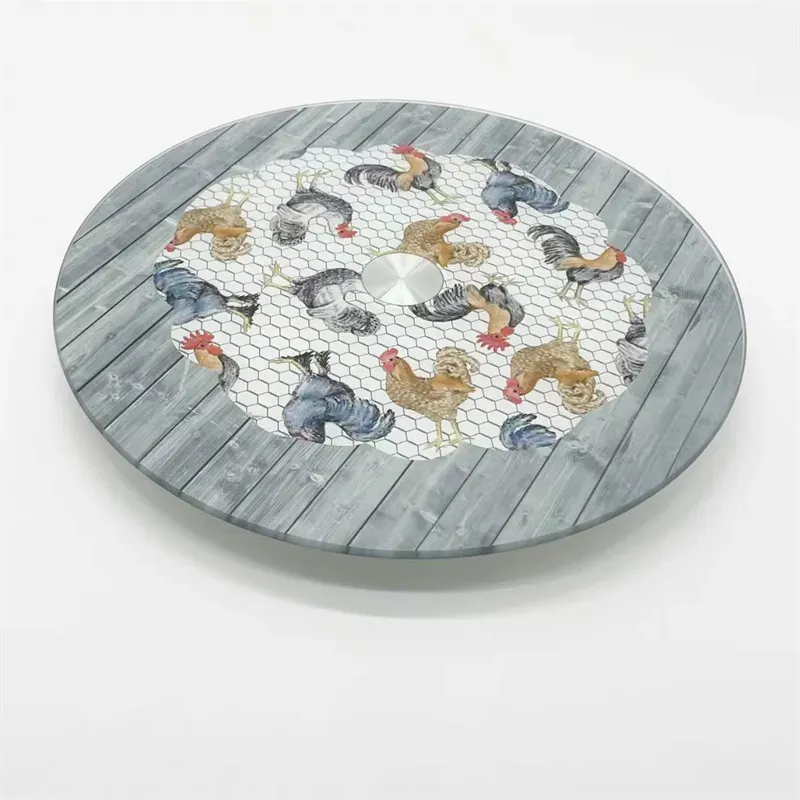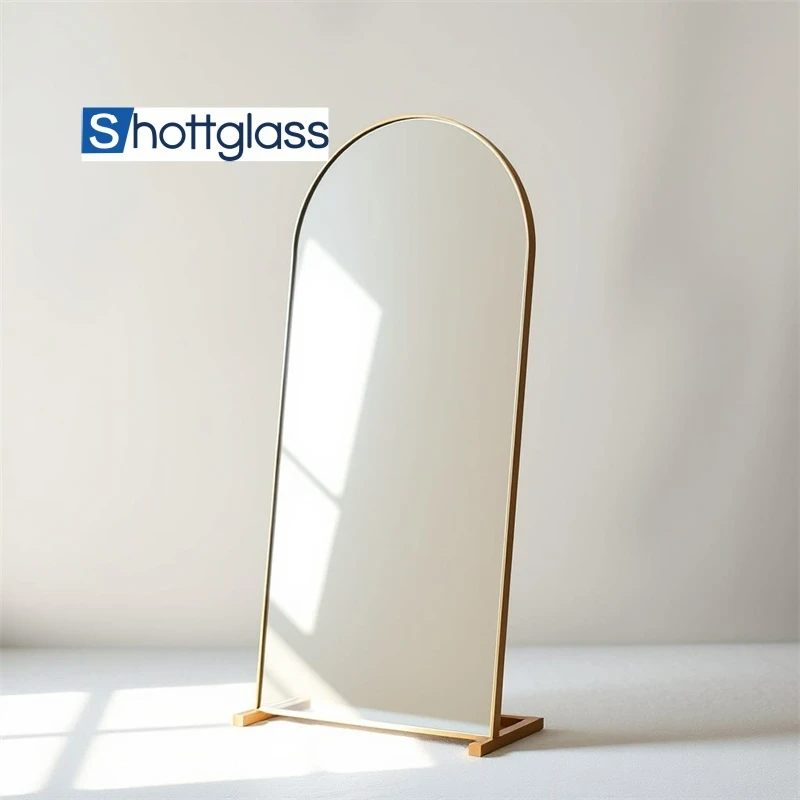Jul . 18, 2025 17:25 Back to list
Chemically Strengthened Glass vs Tempered Glass
Glass is one of the most versatile materials used in modern architecture, consumer electronics, and automotive applications. When strength and safety are required, two types of toughened glass often come into play: chemically strengthened glass and tempered glass. While they may look similar to the untrained eye, these two types of glass are manufactured using completely different processes—and each offers its own set of advantages.
In this article, we’ll take a detailed look at chemically strengthened glass vs tempered glass, comparing their manufacturing processes, mechanical properties, thermal resistance, breakage behavior, and common applications. Whether you’re sourcing glass for smartphones, skylights, or shower doors, understanding these differences can help you make an informed and practical decision.
What Is Chemically Strengthened Glass?
Chemically strengthened glass is created by a chemical ion exchange process. Typically, the glass is submerged in a hot bath of potassium salt (like potassium nitrate). In this bath, smaller sodium ions in the surface layer of the glass are exchanged with larger potassium ions. This creates a compressive stress layer on the surface, which significantly increases the strength of the glass.
This process doesn’t alter the shape or appearance of the glass and allows for very precise control over thickness and curvature. Chemically strengthened glass maintains its original form, including edge finishes and holes, without distortion.

What Is Tempered Glass?
Tempered glass, also known as toughened glass, is made through a thermal tempering process. The glass is first heated to approximately 620°C (1,148°F) and then rapidly cooled with high-pressure air. This rapid cooling locks tension inside the glass core while putting the outer surfaces into compression.
The result is a sheet of glass that is up to five times stronger than standard annealed glass. Tempered glass is commonly used in applications where safety, impact resistance, and heat resistance are priorities—like car windows, shower enclosures, and balcony railings.

Strength Comparison: Chemically Strengthened Glass vs Tempered Glass
Both types of glass are much stronger than ordinary glass, but their strength characteristics differ.
Chemically strengthened glass typically has a compressive surface stress ranging from 550 to 900 MPa (megapascals), depending on processing time and temperature. Its strength is highly concentrated at the surface, which makes it resistant to small scratches or surface damage.
Tempered glass has a compressive surface stress of around 100 to 200 MPa. While lower than chemically strengthened glass in terms of surface compression, it offers more overall strength throughout the glass thickness.
For thin glass applications (under 3mm), chemically strengthened glass often outperforms tempered glass in flexibility and impact resistance. This is one reason why chemically strengthened glass is widely used in smartphones and touchscreens.
Breakage Behavior and Safety Considerations
One of the most important differences between chemically strengthened glass vs tempered glass lies in how they behave when broken.
Tempered glass shatters into small, blunt fragments, reducing the risk of serious injury. This is why it's categorized as “safety glass” and required by building codes in areas like doors, facades, and partitions.
Chemically strengthened glass, on the other hand, breaks into larger shards, more like standard annealed glass. This means it cannot be classified as safety glass under most building regulations, even though it is physically stronger in some cases.
So, if you're working on a project where glass breakage could pose a safety hazard—such as storefronts or glass doors—tempered glass is usually the go-to choice.
Thermal Resistance and Heat Tolerance
Heat resistance is another area where the difference is notable.
Tempered glass can withstand sudden temperature changes of up to 250°C (482°F), making it ideal for oven doors, fireplace screens, and exterior applications with rapid weather changes.
Chemically strengthened glass has lower thermal shock resistance compared to tempered glass. It performs well under steady temperatures, but rapid heating or cooling can cause cracking, especially in thicker sheets.
This means chemically strengthened glass is better suited for controlled indoor environments, electronics, and decorative installations—not high-heat or outdoor exposure.
Design Flexibility and Post-Processing
Tempered glass must be cut, drilled, or edge-worked before the tempering process, because any alterations afterward can cause it to shatter. This limitation makes it more challenging in custom shapes or intricate design applications.
In contrast, chemically strengthened glass can be processed after it’s strengthened, offering much greater flexibility for curved shapes, holes, notches, or precision detailing. This makes it ideal for complex product designs, such as wearable tech, automotive displays, and architectural features.
Additionally, chemically strengthened glass retains its original clarity and flatness, while tempered glass can sometimes show slight optical distortions due to the heat treatment process.
Applications of Chemically Strengthened Glass
Smartphones and tablets
Wearable devices and touchscreens
Appliance control panels
Automotive displays
Laminated architectural glass (as part of multilayer systems)
In these applications, the priority is often scratch resistance, thinness, clarity, and edge strength—all of which chemically strengthened glass offers in abundance.
Applications of Tempered Glass
Shower enclosures and bathroom partitions
Balcony railings and glass doors
Car side and rear windows
Glass furniture and shelving
Building facades and curtain walls
Tempered glass is favored when safety, heat resistance, and compliance with building codes are required.
Which One Should You Choose?
The choice between chemically strengthened glass and tempered glass comes down to your specific application needs:
Choose chemically strengthened glass if you need ultra-thin glass, high flexibility, custom shapes, or excellent scratch resistance—especially for consumer electronics or high-end display applications.
Choose tempered glass for sale when safety is the top priority, such as in construction, transportation, and any area governed by glass safety regulations.
In many high-performance applications, chemically strengthened glass is used as part of laminated systems, combining it with other glass layers to create both strength and safety.
Conclusion: Chemically Strengthened Glass vs Tempered Glass
While both chemically strengthened glass and tempered glass offer impressive durability and enhanced performance over regular annealed glass, they serve very different purposes. Tempered glass is the industry standard for safety and thermal performance, while chemically strengthened glass shines in areas that demand flexibility, clarity, and surface toughness.
By understanding the differences between these two types of glass—how they’re made, how they behave, and where they excel—you can confidently choose the right solution for your next project.
-
Types of Reflective Glass
NewsNov.17,2025
-
What Is Dichroic Glass?
NewsNov.17,2025
-
Smart LED mirrors can have touch controls
NewsNov.17,2025
-
Laminated glass improves energy efficiency
NewsNov.17,2025
-
Insulated glass enhances building comfort
NewsNov.17,2025
-
Acid etched glass offers elegant privacy
NewsNov.17,2025
Related PRODUCTS














